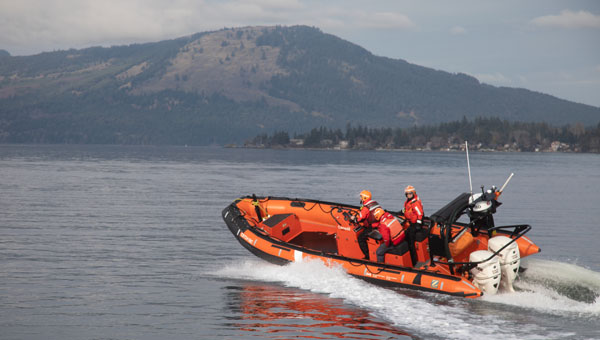(News Canada) — Canada is a maritime nation with more spectacular coastlines and waterways than any other country in the world. And just because the temperature dips, that doesn’t mean we’ll stop enjoying recreational activities like boating and fishing. But it’s important to follow safety precautions.
Here are some tips to have a safer experience and protect our coasts:
Maintain your boat
Make sure your boat is ready for action no matter what the weather brings. Batteries drain much faster in colder temperatures, so keep them charged. Change the oil and check the drains, portholes, windows and seacocks. Remember, any water that gets into your boat can freeze and expand, causing damage.
Stay aware and up to date
Running into trouble can be more dangerous in the colder months, as there are fewer people on the water who can see you calling for help. Frost bite and hypothermia are potential hazards, so be sure to check the weather forecast before you head out.
You can also get more weather and local navigation information thanks to new technological systems for weather forecasting and local navigation.
Under the Oceans Protection Plan, the Government of Canada is working to protect our coasts for future generations, including investments to help give boaters a better picture of ocean risks.
Keep your eyes on the water
Those of us fortunate enough to enjoy our coasts and oceans also have the responsibility to preserve them and the species who call them home. If you see a tail, fin or spray – slow down and stay away. Report sightings of marine mammals that need help to Fisheries and Oceans Canada.
Wrecked or abandoned vessels are also a problem across Canada. They can pollute the marine environment, damage local infrastructure, interfere with navigation and cause safety risks. If you come across a wrecked, abandoned or hazardous vessel, contact the Canadian Coast Guard.
Know who to call for help
Did you know that over a third of drownings in Canada occur between October and April? Most of these cases are from snowmobiling or ice accidents, but it’s important to stay safe and wear a personal flotation device or life jacket.
If you need assistance, the Canadian Coast Guard helps those in imminent danger on the water, saving nearly 18 lives a day, every single day. New investments in lifeboat and search and rescue stations across the country have allowed the coast guard to respond faster and more effectively.
 Pride News Canada's Leader In African Canadian & Caribbean News, Views & Lifestyle
Pride News Canada's Leader In African Canadian & Caribbean News, Views & Lifestyle





